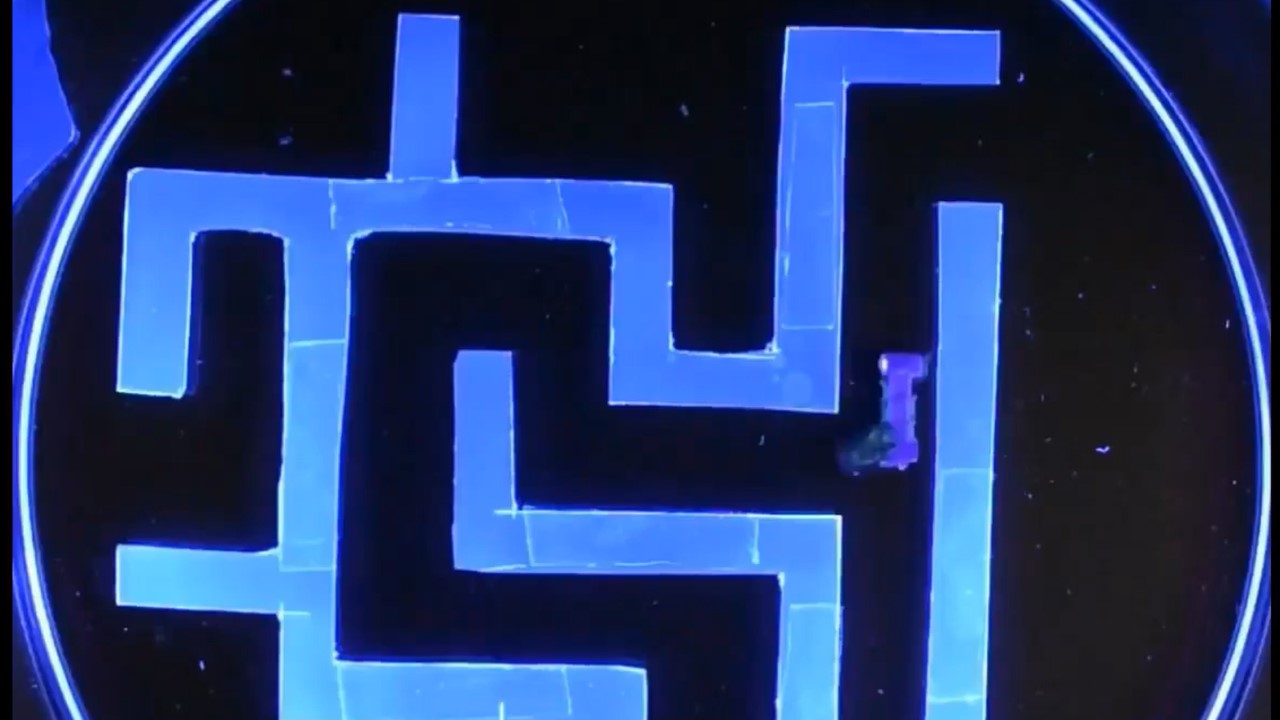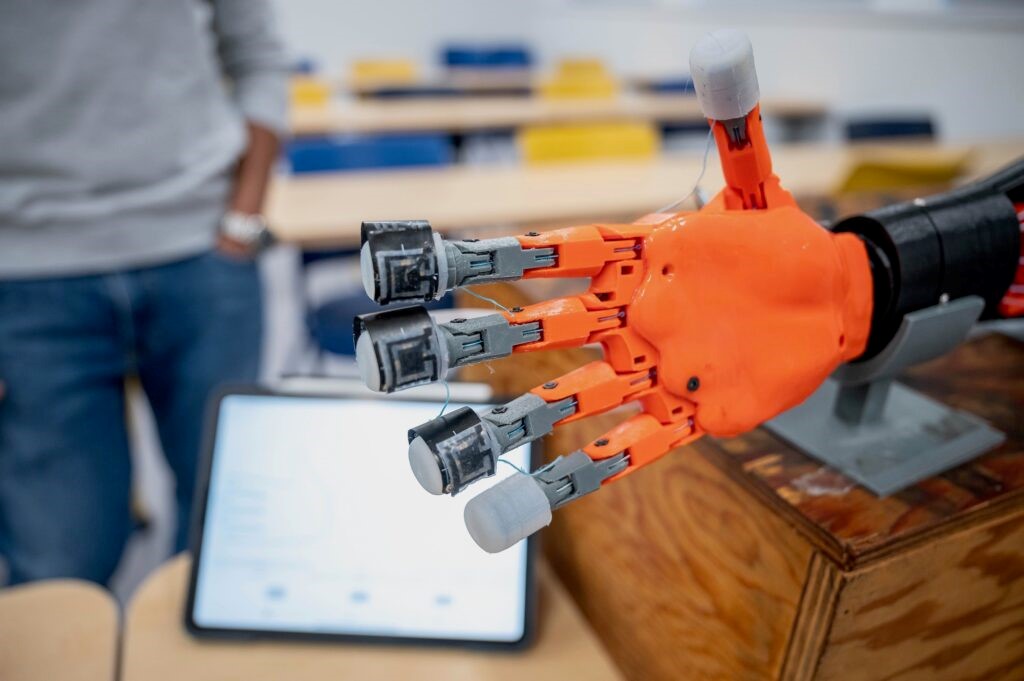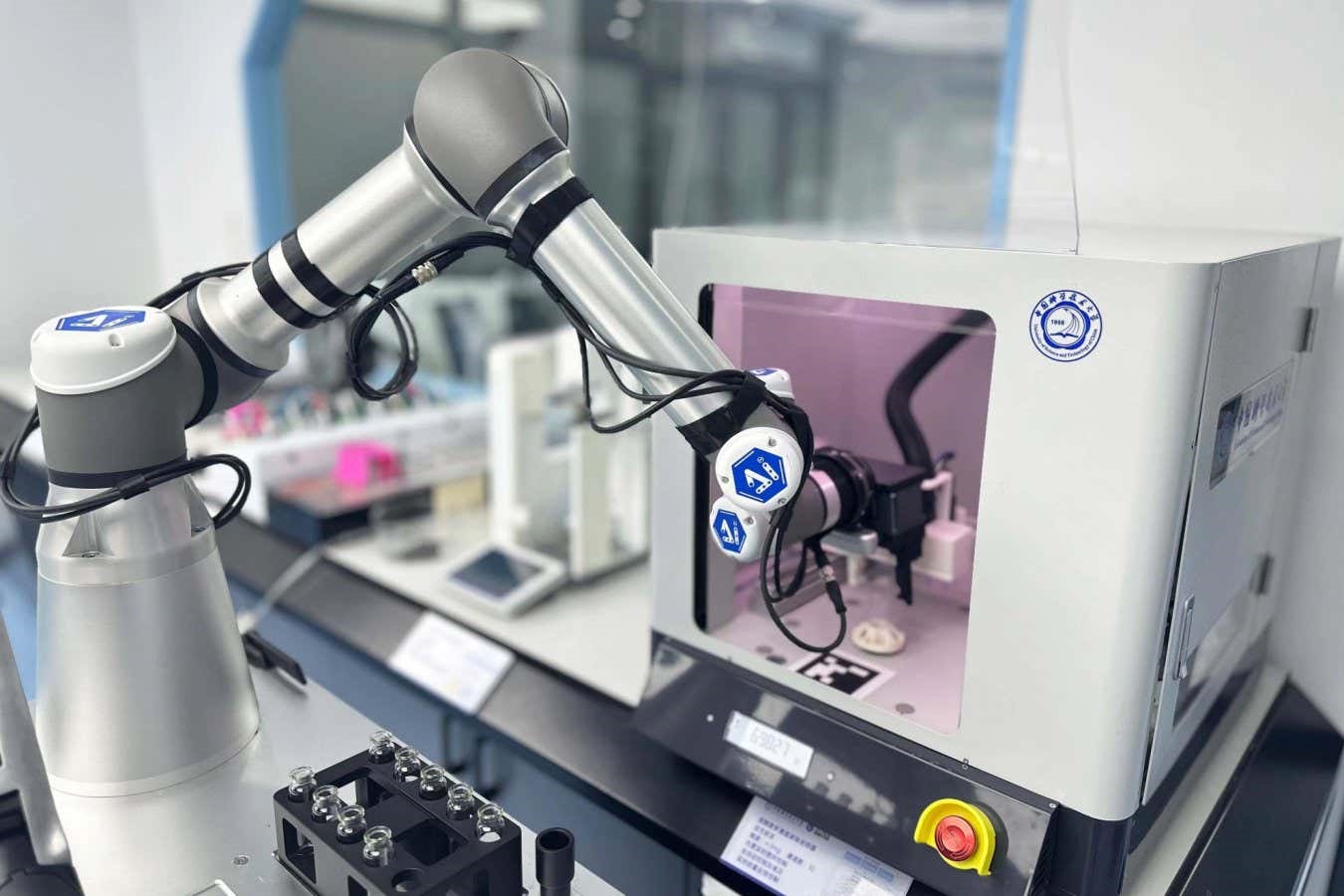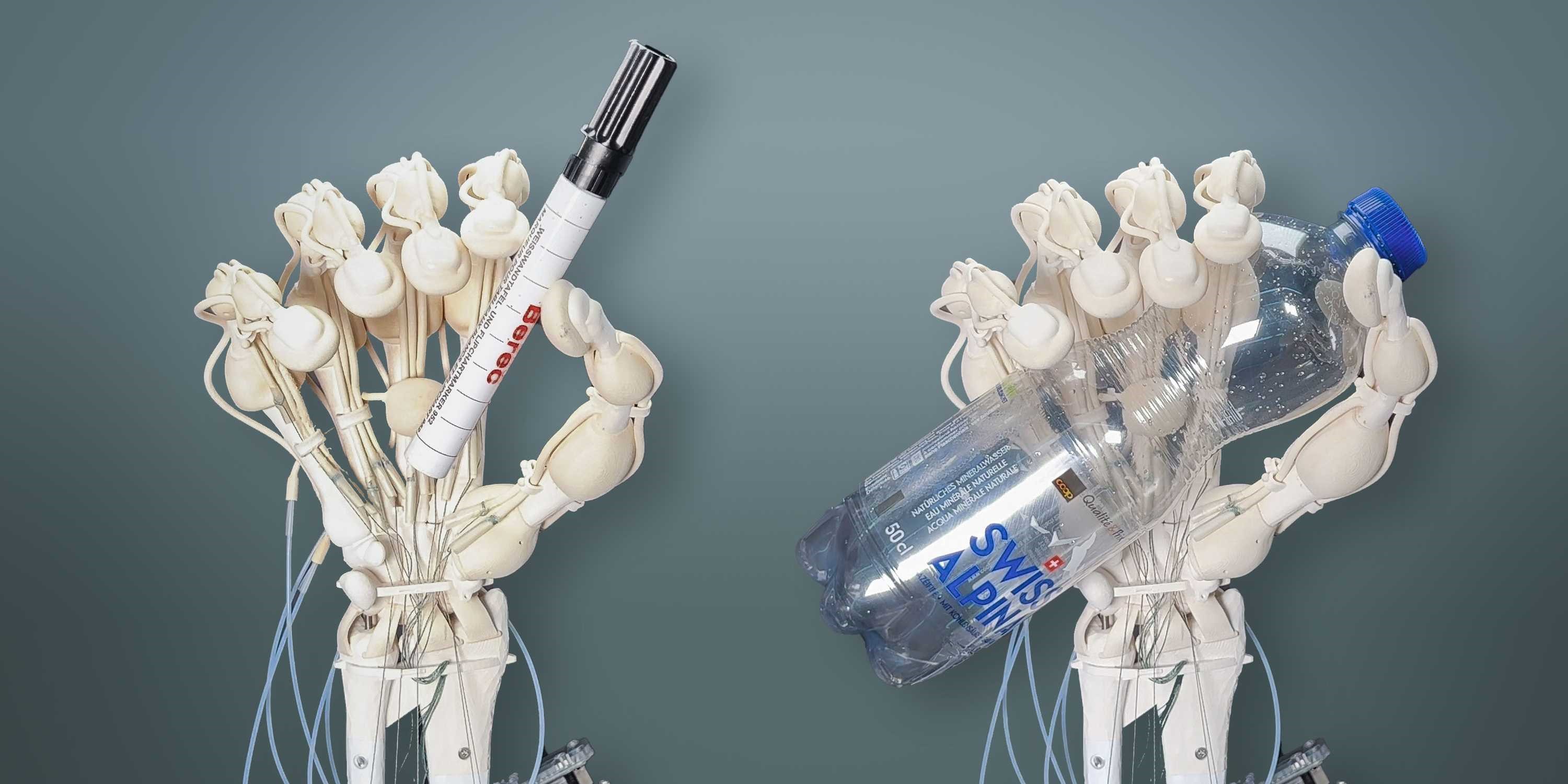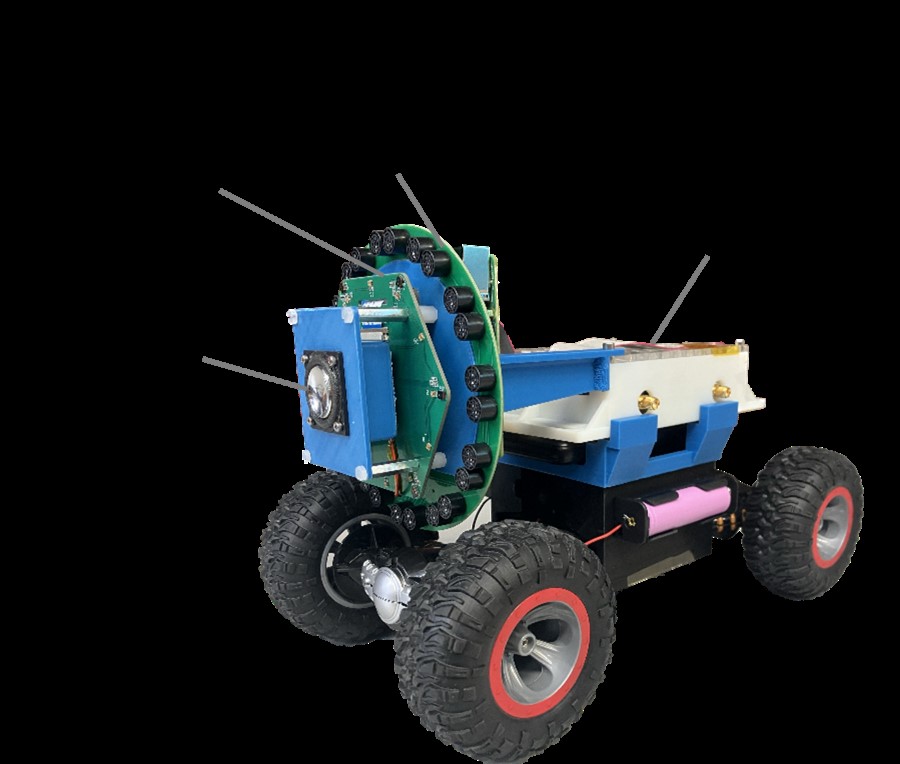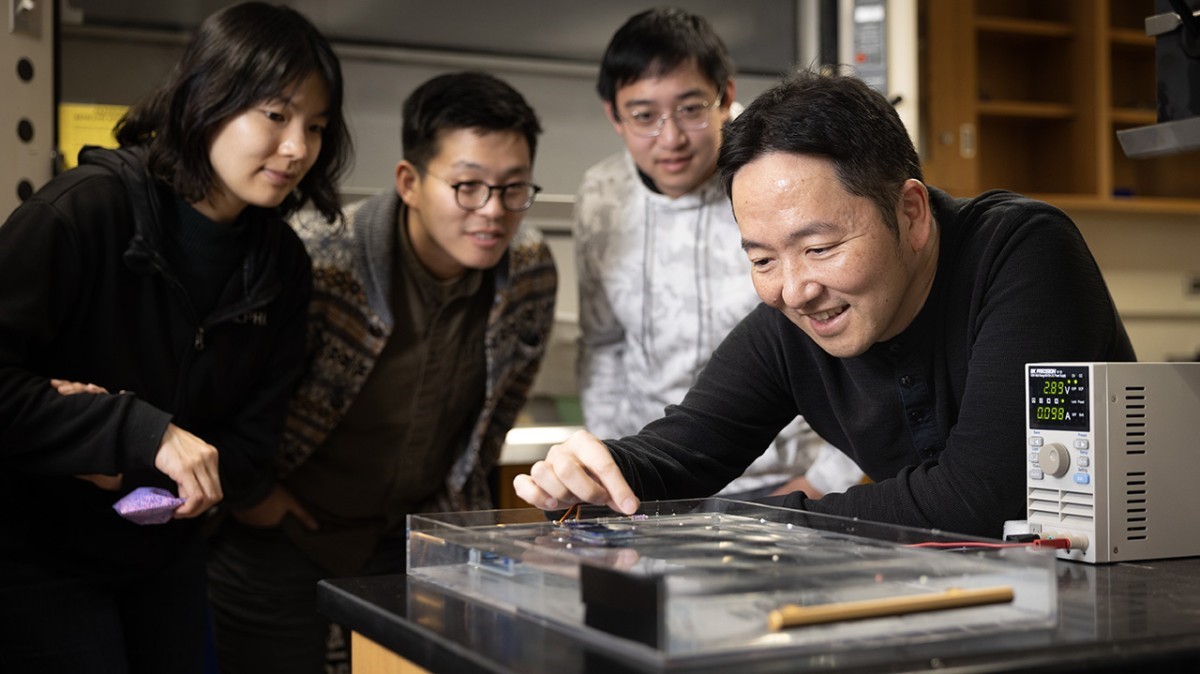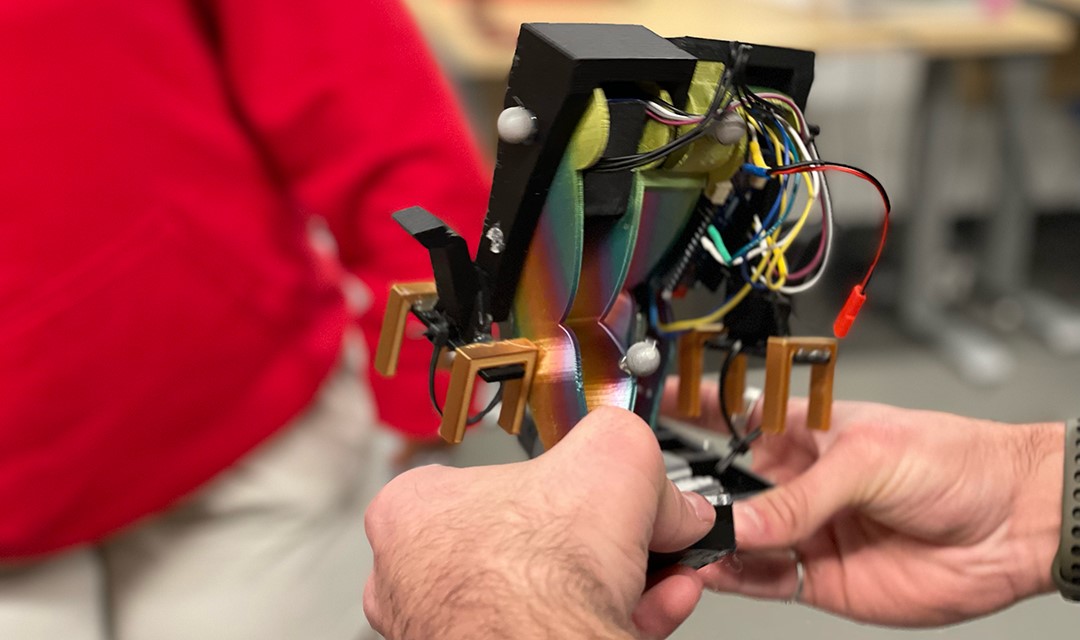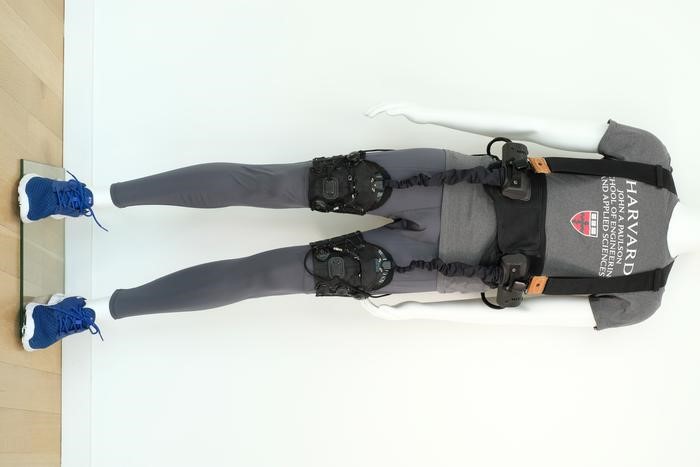Are We Ready for Robots to Replace Our Friendly Delivery Folks
The world of deliveries is undergoing a futuristic transformation, with tech giants like Amazon and Walmart investing heavily in drone delivery services. While the buzz around automated deliveries is exciting, Northwestern University's Mobility and Behavior Lab led by Amanda Stathopoulos decided to investigate a crucial aspect – are consumers ready for this tech-forward shift?
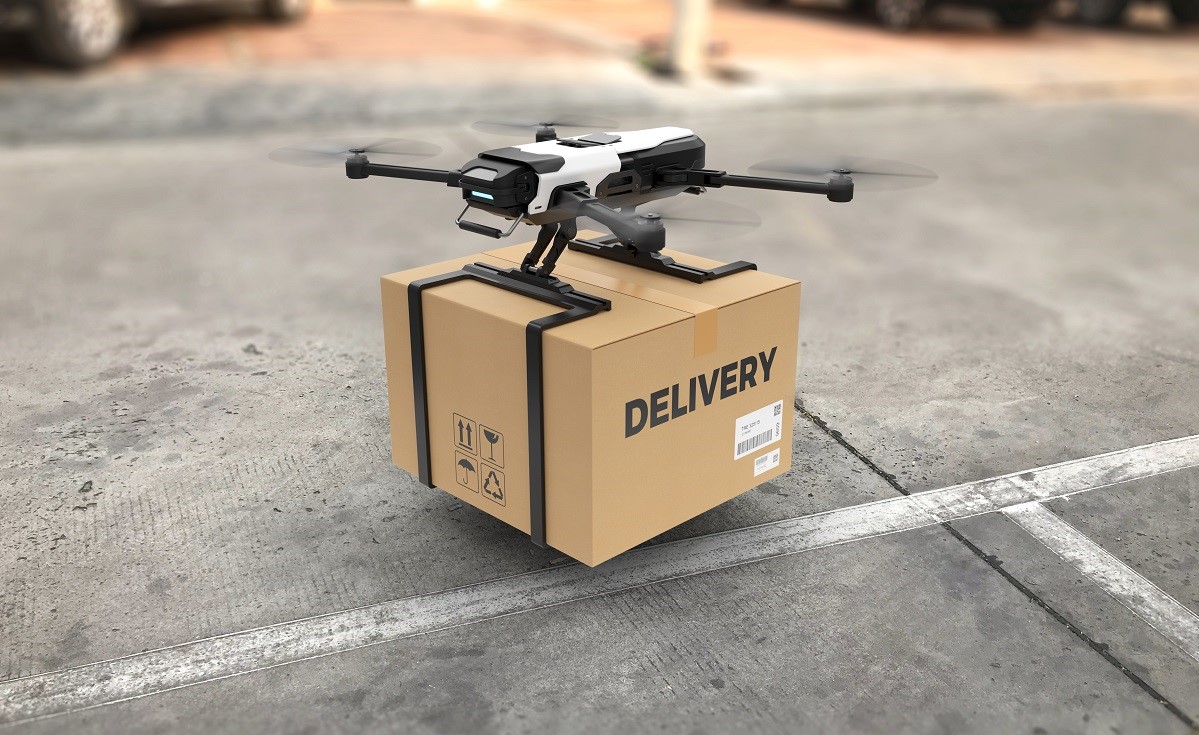
Figure 1. Drone Delivery.
The Human Touch
Figure 1 shows drone delivery. In a recent study titled "Robots at your doorstep: Acceptance of near-future technologies for automated parcel delivery," the researchers delved into the complex relationship between consumer behavior and the acceptance of automated vehicles, drones, and robots in the delivery landscape.
A Shift in Perceptions
The findings suggest that there's work to be done in shifting public perceptions. While people seem more open to the idea of automated vehicles taking the wheel, drones and robots faced a bit of skepticism. However, the study revealed a fascinating twist – as delivery speed increased and prices dropped, consumers became more willing to embrace the evolving technology.
Tech-Savvy vs. Traditional Consumers
Unsurprisingly, tech-savvy consumers appeared more accepting of these near-future delivery technologies compared to those less familiar with the advancements. This divergence in attitudes underscores the need for a balanced and inclusive approach to the integration of automated delivery systems.
The Pandemic Effect
The study acknowledges the significant impact of the pandemic, with remote work becoming the norm and heightened expectations for swift and efficient e-commerce deliveries. Stathopoulos emphasizes that automated delivery systems could potentially address issues like poor labor conditions, air pollution, and congested streets.
The Paradox of Convenience
While speedy deliveries are a convenience we all cherish, the study highlights a paradox. It brings attention to the consequences, such as labor conditions in warehouses and environmental impacts, urging consumers to consider the broader implications of their delivery preferences.
City Planning and Collaboration
Stathopoulos suggests a paradigm shift in city planning, advocating for shipping and logistics centers to be central to urban design. Collaboration and coordination between companies are emphasized to avoid redundant systems and ensure a streamlined integration of new technologies.
Looking Ahead
The study concludes that, while the allure of automated deliveries is compelling, there's still work to be done to win over public acceptance. Continuous assessments of user perceptions and proactive measures by policymakers and companies can pave the way for a smoother transition into the era of drone and robot deliveries.
In the rapidly evolving landscape of delivery services, the question remains: Are we ready to bid farewell to our familiar delivery drivers and embrace the buzzing drones and robots on our doorsteps? Only time will tell.
Source: Northwestern University
Cite this article:
Hana M (2023), Are We Ready for Robots to Replace Our Friendly Delivery Folks, AnaTechMaz, pp. 5



